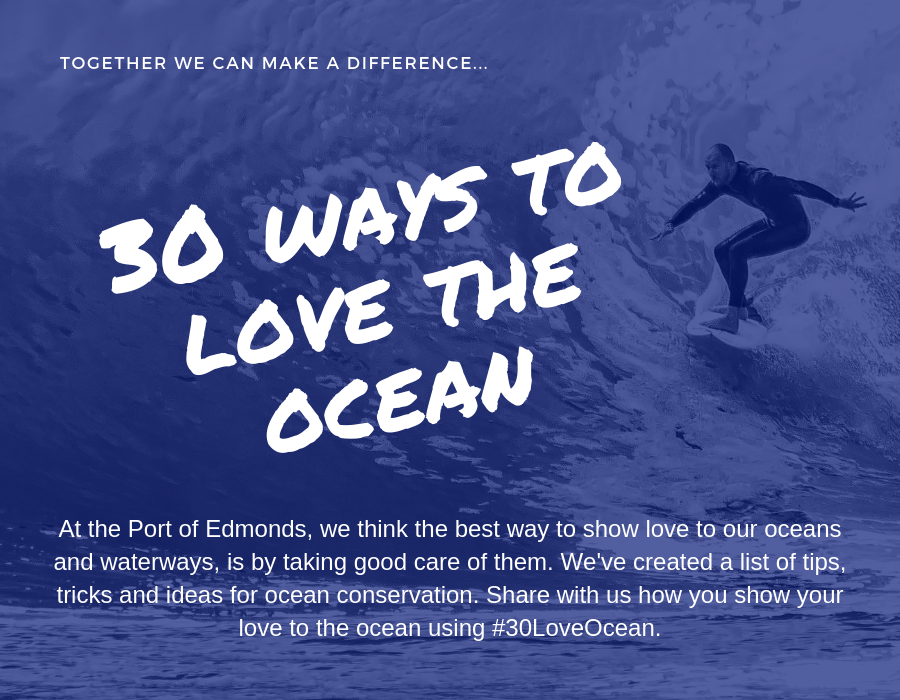30 Ways to Love the Ocean
- Be an ocean-friendly pet owner and clean up after your pet. Pet waste can pollute water with bacteria and parasites. If pet waste finds its way to natural bodies of water, it can promote the flowering of unwanted algae and weeds and cause chemical reactions that may negatively affect wildlife.
- Avoid products containing microbeads. While microbeads are currently being phased out of all US beauty products thanks to the Microbead-Free Waters Act of 2015, these plastic particles known to harm aquatic animals can still be found in some products.
- Leave no trace at the beach. Be sure to pack out everything you have brought with you to the beach.
- Buy ocean-friendly products. Avoid products produced through unsustainable or environmentally harmful methods. For example, avoid cosmetics containing shark squalene and jewelry made of coral or sea turtle shell.
- Support organizations working to protect the ocean. Many institutes and organizations are fighting to protect ocean habitats and marine wildlife.
- Find a national organization and consider giving financial support or volunteering for hands-on work or advocacy.
- If you live near the coast, join up with a local branch or group and get involved in projects close to home.
- Don’t put harmful chemicals down the sink. These chemicals ultimately end up in our waterways. Limit your use of phosphates, as they can promote algae blooms, which can harm marine life and their environments. You can also switch to more environmentally friendly products, such as soap or detergent with low phosphate content.
- Be a responsible sailor.
- Use cleaning and maintenance products that are safe for the ocean.
- Dispose of your trash and recyclables properly.
- Follow discharge regulations in your area.
- Influence change in your community. Research the ocean policies of public officials before you vote or contact your local representatives to let them know you support marine conservation projects. Consider patronizing restaurants and grocery stores that offer only sustainable seafood, and speak up about your concerns if you spot a threatened species on the menu or at the seafood counter.
- Request no plastic packaging, and less packaging in general, from Amazon. See this blog post for how to get a note added to your Amazon account with your request: https://earth911.com/business-policy/reduce-amazon-packaging-waste/
- Don’t leave fishing lines behind. Fishing line can harm marine life through entanglements and ingestion. Cut line into small pieces and dispose in the garbage or recycle them at mono-filament recycling stations that are usually found on piers and public beaches.
- Travel the ocean responsibly. Practice responsible boating, kayaking, and other recreational activities on the water. Never throw anything overboard, and be aware of marine life in the waters around you. If you’re set on taking a cruise for your next vacation, do some research to find the most eco-friendly option.
- Use less fertilizer. When fertilizers are used in gardening and agriculture, the excess eventually ends up in the ocean. One result is a “dead zone” — an area with very low levels of oxygen in the water — the size of New Jersey in the Gulf of Mexico during the spring and summer. Since all marine life requires oxygen to live, including fish and shrimp, they must flee the area or die. Many other coastal areas are at risk too.
- Educate yourself about oceans and marine life. All life on Earth is connected to the ocean and its inhabitants. The more you learn about the issues facing this vital system, the more you’ll want to help ensure its health—then share that knowledge to educate and inspire others.
- Properly dispose of hazardous materials. Motor oil and other hazardous materials often end up washing into coastal areas because they aren’t disposed of properly. This pollutes the water and hurts the overall health of our oceans. Be sure to dispose of hazardous waste in an environmentally safe way.
- Improve your household cleaners. Many household chores can be done with simple, non-toxic ingredients like vinegar, baking soda, or lemon juice.
- Use fewer plastic products. Plastics that end up as ocean debris contribute to habitat destruction and entangle and kill tens of thousands of marine animals each year. To limit your impact:
- Carry a reusable water bottle.
- Purchase bulk items and store it in non-disposable containers
- Bring reusable mesh totes to the grocery store to purchase produce.
- Use reusable bags when shopping at the all stores, not just grocery stores.
- Purchase bulk yogurt instead of single-use plastic yogurt cups.
- Write a letter to your favorite restaurant asking them to stop using Styrofoam or single-use plastic products.
- Challenge yourself to create zero-waste lunches.
- Mind your carbon footprint and reduce energy consumption. Reduce the effects of climate change on the ocean by being conscious of your energy use at home and work. Some suggestions:
- Switch to compact fluorescent light bulbs.
- Take the stairs.
- Bundle up or use a fan to avoid over setting your thermostat.
- Ride a bike, walk or use public transportation.
- Use high efficiency appliances in your home when possible.
- Turn off appliances when they aren’t in use.
- Grab a simple tire gauge and make sure your tires are properly inflated.
Information provided by National Geographic.
Want to learn more?
National Oceanic and Atmospheric Administration- Ocean Pollution
National Geographic- Marine Pollution
The Ocean Cleanup- The Great Pacific Garbage Patch
The New York Times- How to Break Your Single-Use Plastics Habit
Marine Safe- Marine Pollutants
EcoWatch- 22 Facts About Plastic Pollution
ScienceWorld: An Ocean of Plastic
Ocean Conservancy: Fighting for Trash Free Seas



